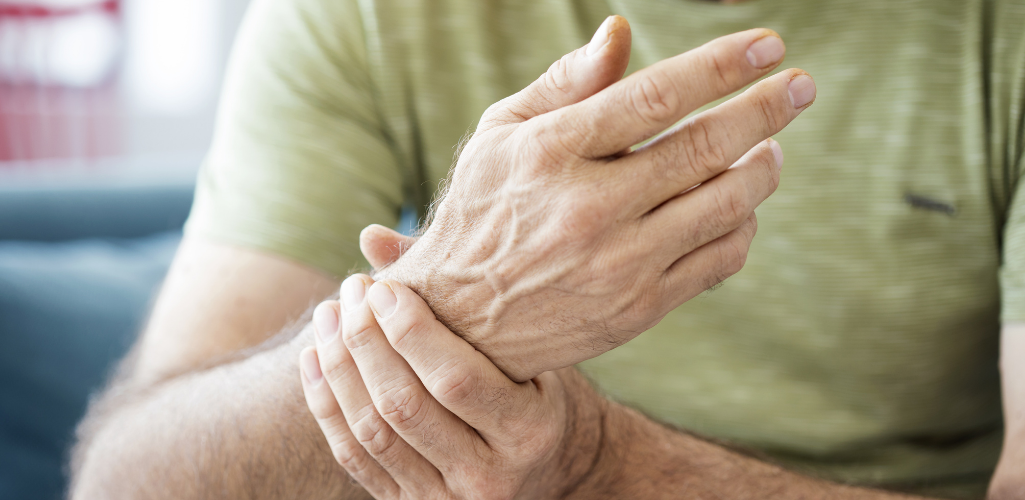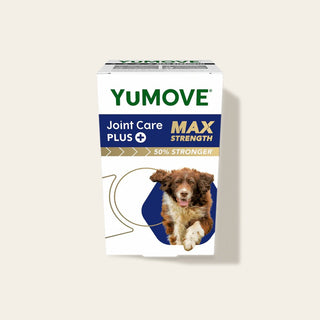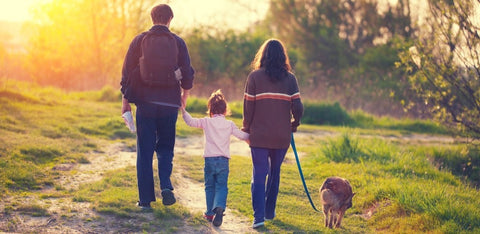

Have you got stiff joints?
Stiff joints aren’t really anyone’s idea of a good time. In fact, they could put a damper on your desire to get active at all, causing you to want to crawl back under the covers and stay there rather than doing something more uplifting – like going out for a leisurely stroll.
Did you know?
Amazingly, there are said to be as many as 350 joints in the human body. However, these joints are by no means all the same.
The three main types of joints are:
- Fibrous joints – these are joints where collagenous tissue connects two bones. These joints are usually immovable and have no joint cavity.
- Cartilaginous joints – these are joints where bones are connected by cartilage. These joints allow for a little movement and can be found in the thoracic ribcage among other places.
-
Synovial joints – these joints feature a joint cavity, with synovial fluid (secreted by the synovial membrane) preventing friction between the articulating bones of the joint cavity. The articulating surface of each bone is covered in cartilage, and the joint cavity is surrounded by fibrous connective tissue.
Synovial joints are freely mobile and are considered the main functional joints of the body. Among other places, these joints are found in the shoulders, knees, hips, elbows, wrists and ankles – and they’re susceptible to joint stiffness.
The signs of joint stiffness

If you have stiff joints, you might:
- Take a while to get your joints ‘warmed up’ first thing in the morning
- Take longer than usual to get up out of a chair
- Need a little extra time to get out of a car
- Find it tricky to get up after sitting at your desk for a while
- Unconsciously avoid making quick or sudden movements
What causes joint stiffness?
Joint stiffness can be due to a variety of reasons.
1. The ageing process
The most likely reason for having stiff joints is that our joints become less flexible as we get older.
In synovial joints like the knee and elbow, certain changes occur as we age – including changes to the cartilage and synovial fluid – which can cause joints to stiffen.
2. The time of day
The time of day also has an effect on your joints. Joints are often stiffer first thing in the morning, and then ‘warm up’ and become more mobile once you’ve been moving around for a while.
3. The weather
Many people swear that they can feel it in their joints when there’s a change in the weather on its way. This might be true, or it might be folklore. But cold weather may cause joints to feel stiffer, regardless.
What can you do about joint stiffness?

Staying moderately physically active is very important for helping joints to remain mobile, in addition to all of the other benefits that come from regular movement. Of course, it’s important to keep your physical activity within the limits of what feels comfortable to you, and to not overdo it.
Regular strolls are a great, low-impact way of getting active and moving your joints – and can be easily tailored to your preferred pace and distance.
Of course, dog owners have a certain advantage here, as regular walks should make up an everyday part of their routine – meaning good company and health benefits for both human and canine alike.
Of course, you should always consult with your GP if you have any concerns regarding your joint health and mobility. They’ll be able to investigate the situation, answer any questions you might have, and outline the next steps you should take.
Try iMOVE Active from YuMOVE

Our iMOVE Human Joint Care supplement has been formulated to support an active lifestyle, with ingredients including Glucosamine HCL, Hyaluronic Acid, Vitamins C & E and ActivEase® Green Lipped Mussel – a naturally rich source of Omega-3s.




